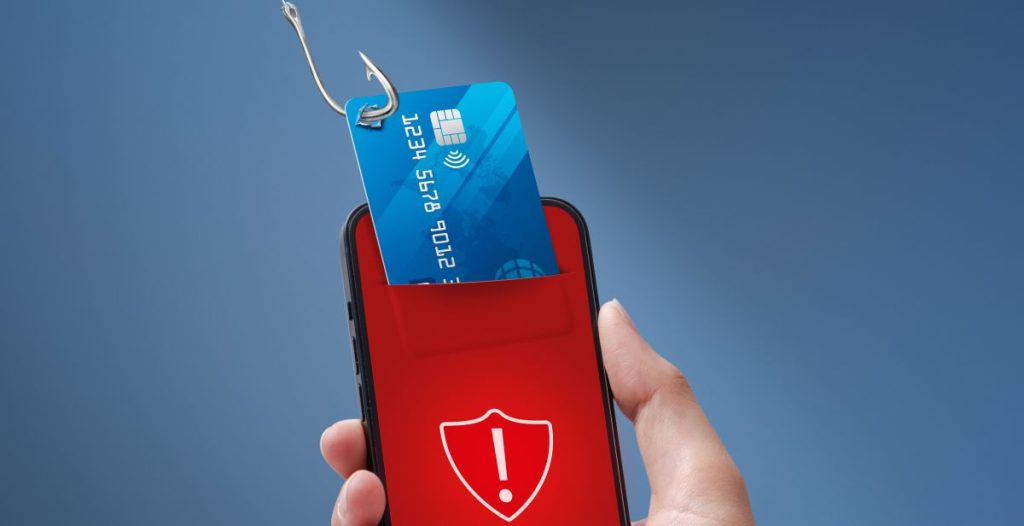Clicking “Unsubscribe” on an email seems harmless, but scammers are increasingly using fake links to steal personal data or track active users. Here’s how to protect your inbox.
Others are reading now
Unsubscribing from a barrage of unwanted emails might feel like digital spring cleaning—but in some cases, it could be opening the door to scams.
As inboxes overflow with newsletters, promotions, and charity appeals, cybercriminals are exploiting the very tools meant to help users declutter.
The Hidden Risk Behind Unsubscribing
Most legitimate companies include an unsubscribe button in their emails. But cybersecurity experts warn that not all links are trustworthy.
Once you click away from your email client into the open web, you’re entering a far less secure environment.
Also read
According to DNSFilter, about 1 in every 644 unsubscribe links leads to a potentially malicious site.
That number might seem small, but considering the volume of junk emails most people receive, the risk adds up quickly.
These scam links often serve two purposes: confirming a real person uses the email account, and redirecting them to sites designed to steal login credentials.
In many cases, the mere act of interacting with the email can make your address a more valuable target for future spam or phishing attempts.
How to Spot and Avoid Fake Links
A good rule of thumb: no reputable business will ever ask for your username or password after clicking “Unsubscribe.”
If a site requests those details, back out immediately.
If the link only asks for your email address, that’s generally safer.
Many bulk email systems use a single unsubscribe link for all users and only identify the recipient after the address is reentered.
For a more secure option, use the “list-unsubscribe” header built into many modern email clients.
These links are integrated directly into the email’s interface, allowing you to opt out without leaving your inbox. If that’s unavailable, use your mail app’s “Mark as Junk” or “Report Spam” functions instead.
Creating a secondary email account for subscriptions, or using privacy features like Apple’s “Hide My Email” or Google’s anonymous forwarding tools, can also help reduce risk and regain control over your inbox, as reported by Popular Science.


